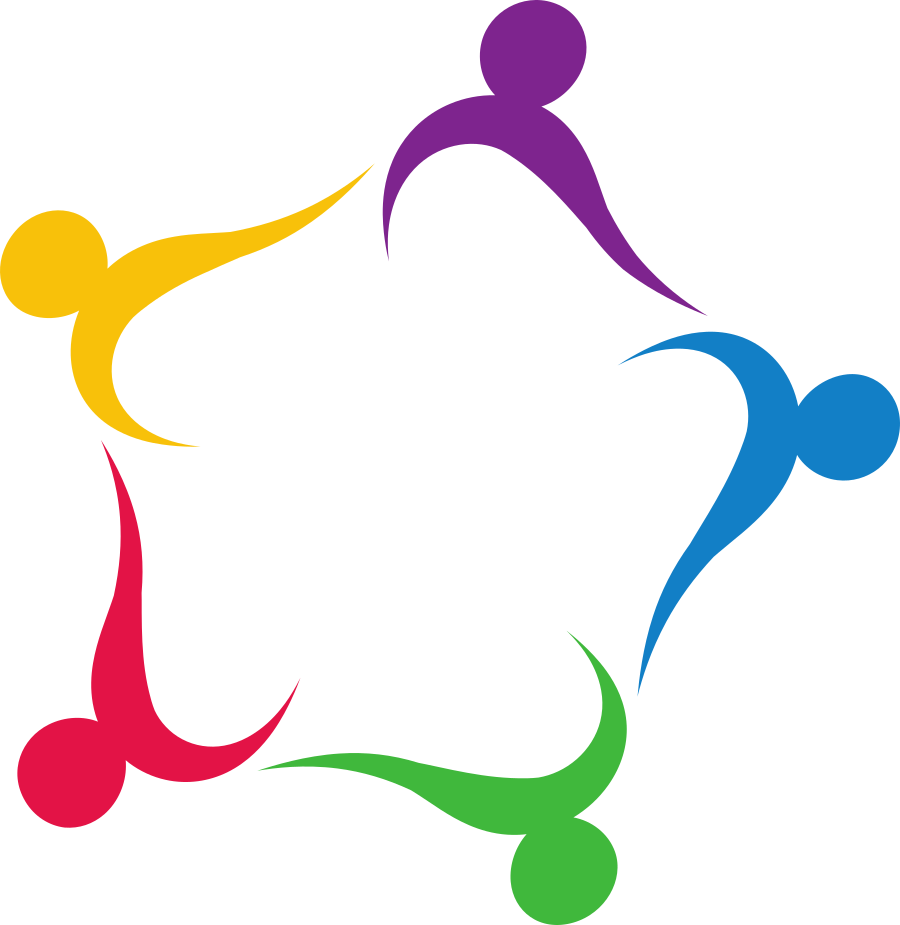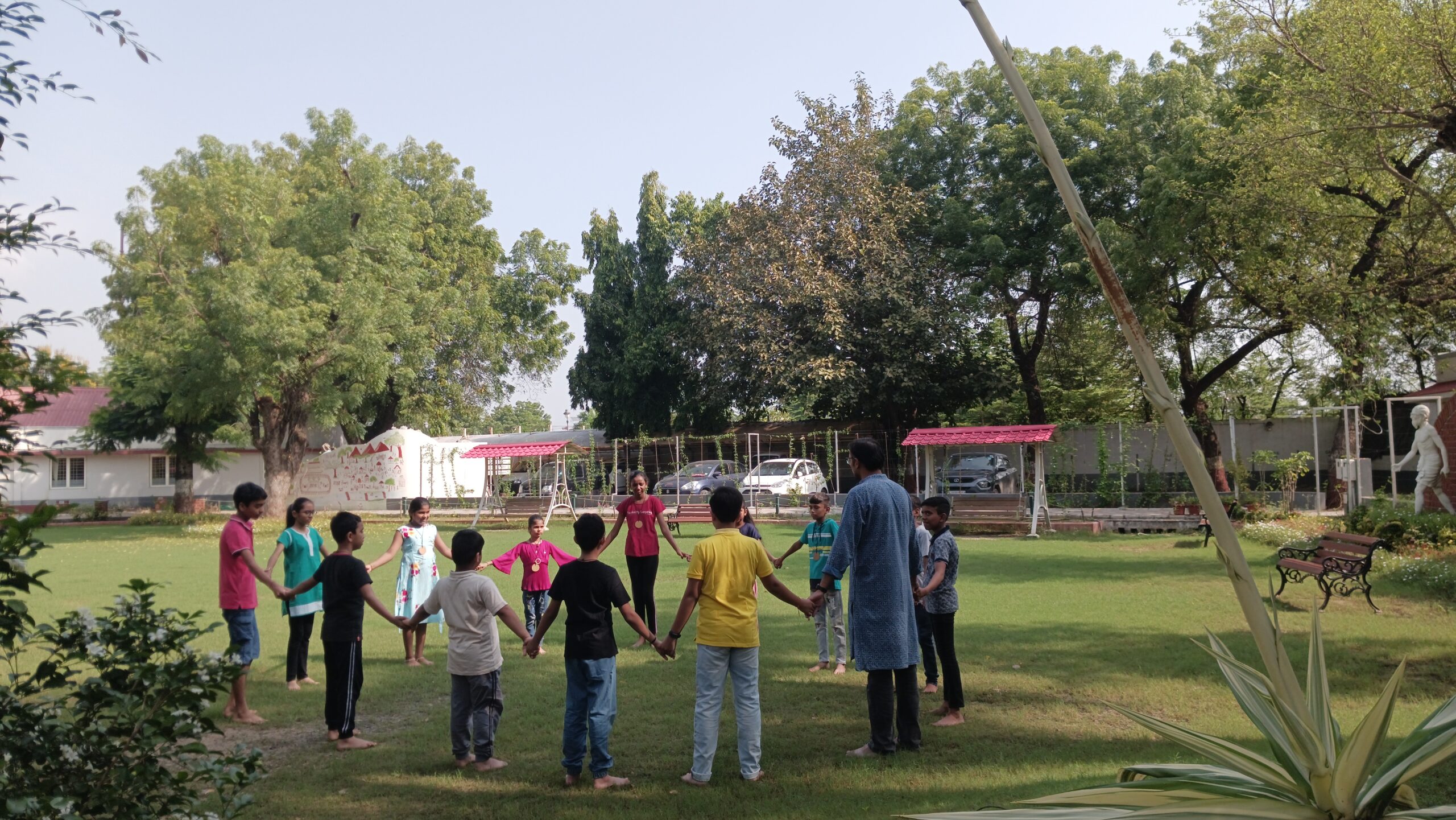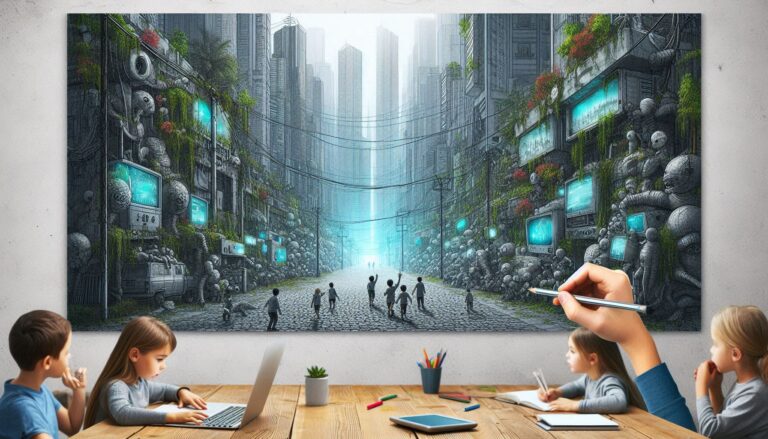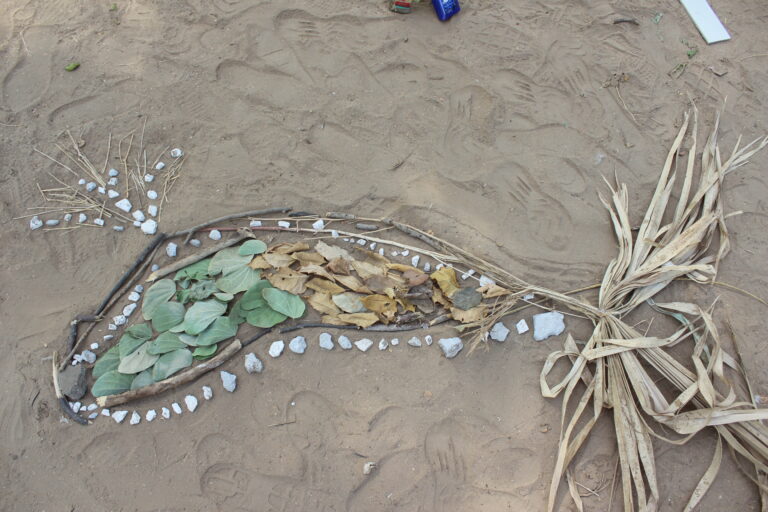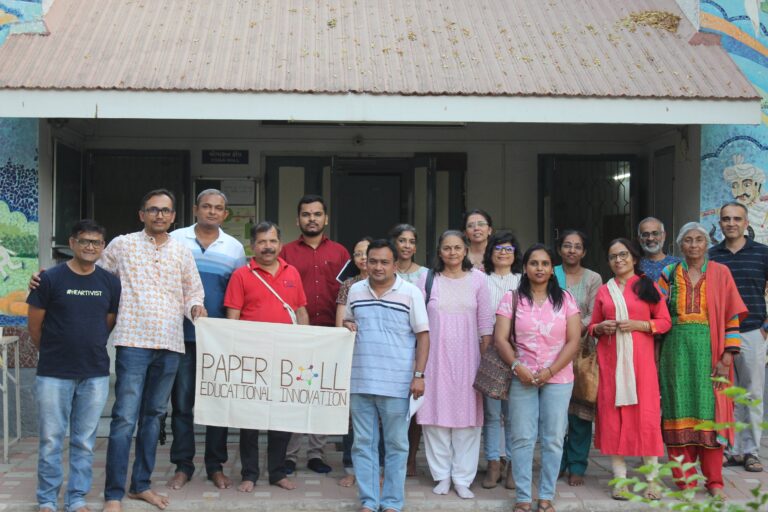Session 4: UNLESS: Nature & Sustainability Education Series
Highlights Session 4
And just like that we are already at the half-way mark with Session 4 of the “UNLESS-Nature & Sustainability Education” series.
The session started with a short nature walk with our co-facilitator for the day. The participants undertook a walk in silence across the backside and in the garden. They then stood silently in the garden for a few minutes to soak in the nature and calm themselves before starting with the day’s proceedings.
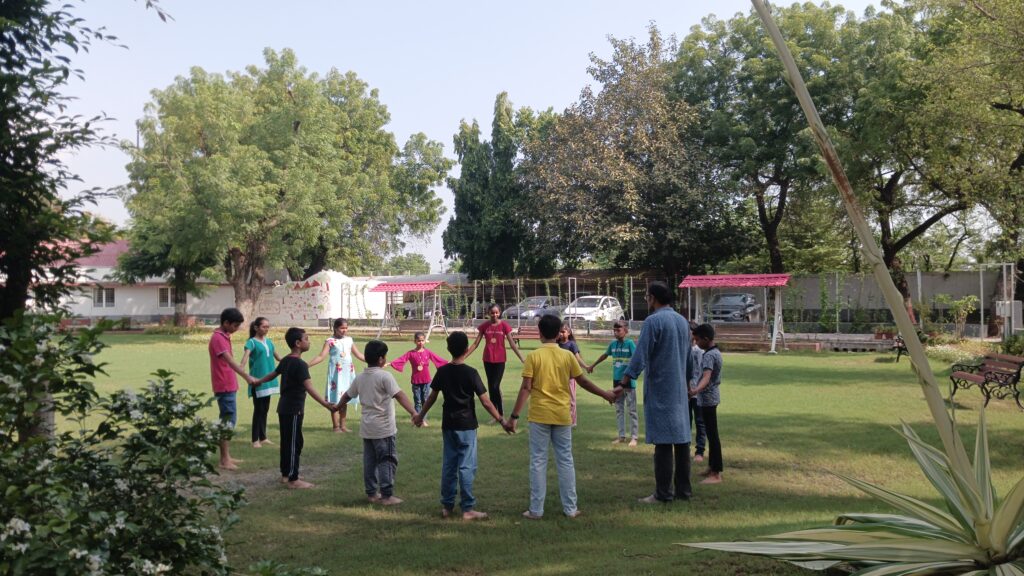
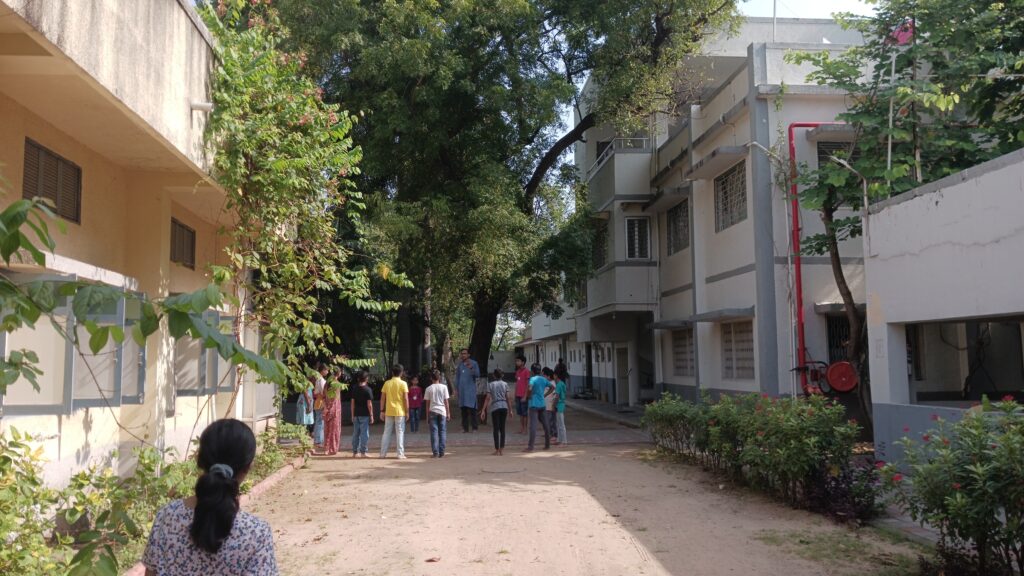
The participants moved in silently and took their places after which they were introduced to the session of the day. A quick check was made regarding the previous sessions and what we have covered so far and how it connects to what we were about to focus on.
The participants were then shown an image of a tree laden with apples and how it might represent our planet with limited resources and the idea that we need to take care of these resources was thus introduced.
The big idea of “taking vs giving” was rooted here for the participants showcasing how we have just been taking from our planet and in turn do not give anything back. We then moved on to the core of the session about “human impact on environment”.
Our discussion moved on how each and everything that we have made on this planet- anything that we call man-made- has its roots in the planet. The raw material for each item comes from nature. We discussed briefly about how even plastic is made from crude oil derivatives. This made the participants think about many things and one participant remarked “(almost) everything that we have nowadays is made of plastic.”
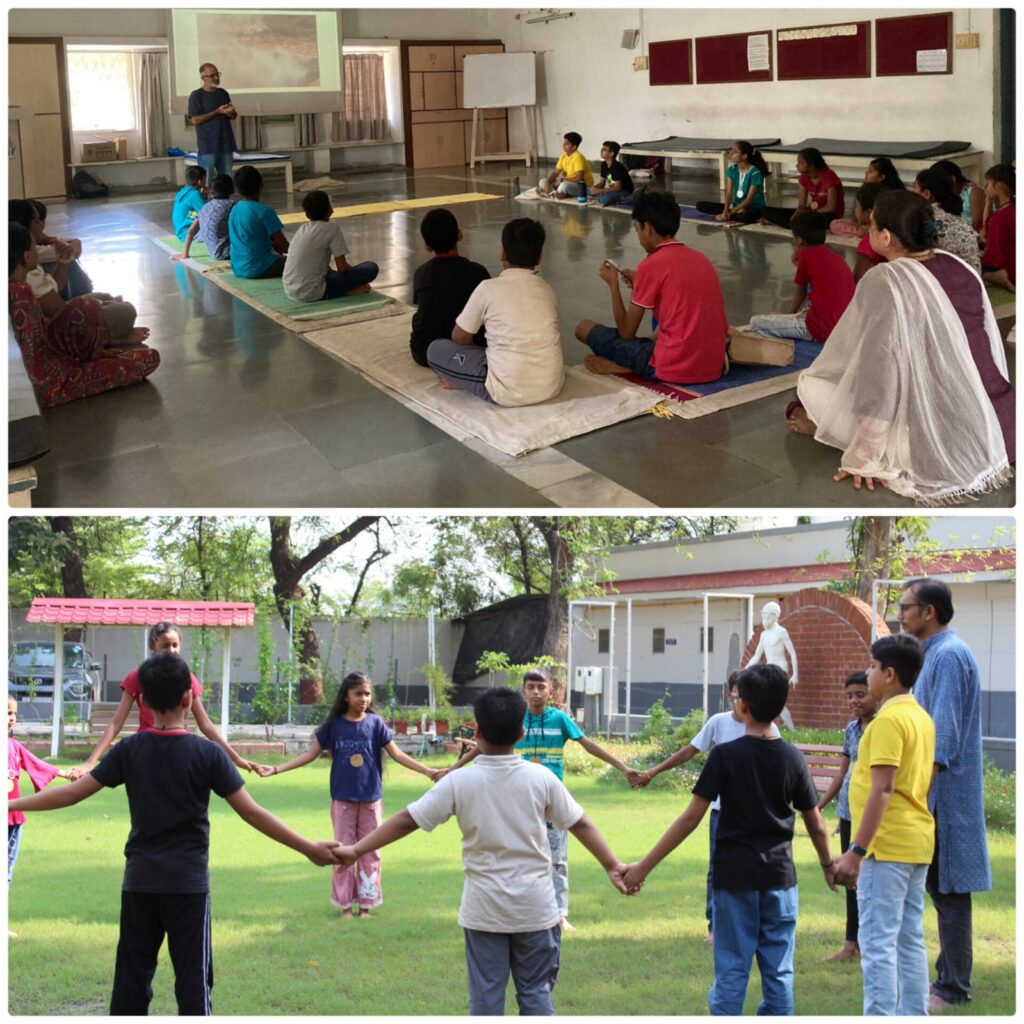
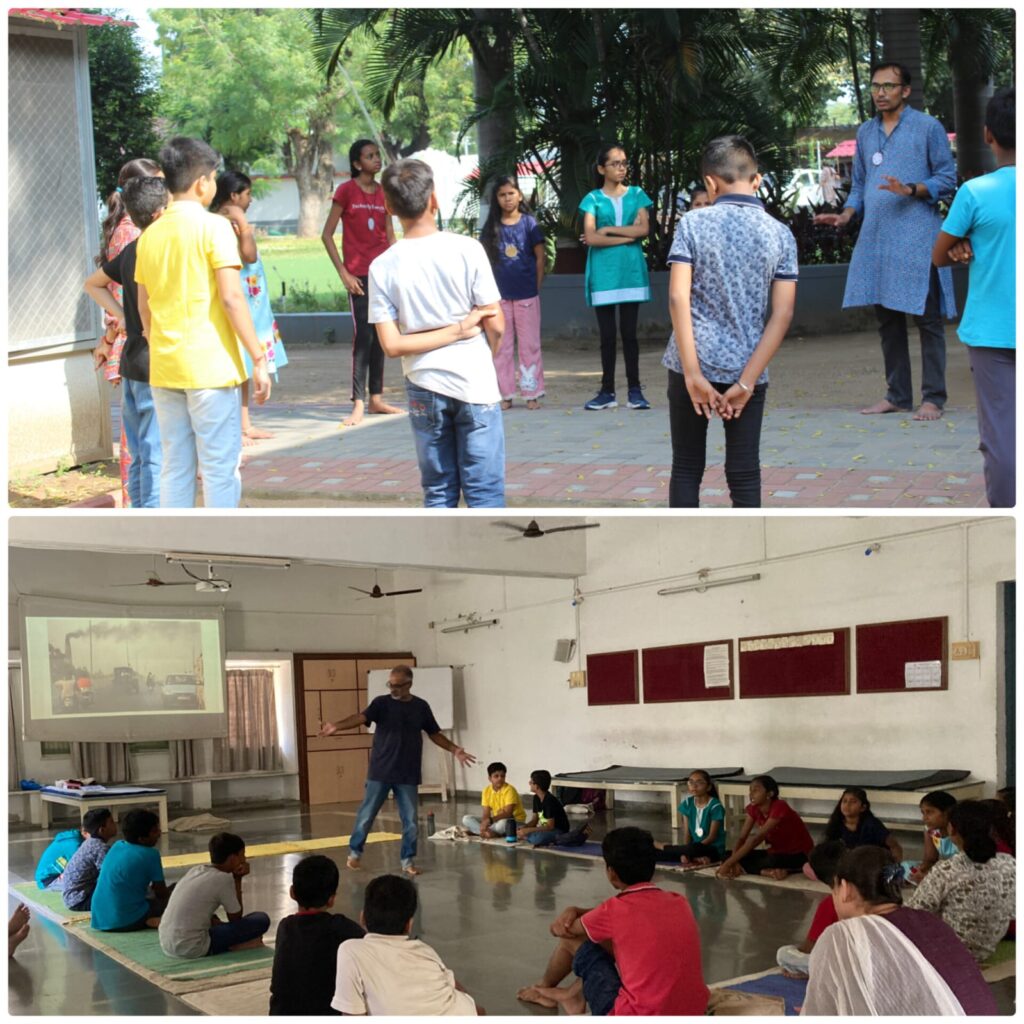
This further led to discussion about how we “take” from nature by means of cutting trees for wood, mining for crude oil, minerals, metals, iron, aluminium, even stones on the floor have been mined. When do we ever “give” back?
Gradually the ground was set for showcasing human impact on nature and environment (mostly negative). We did this by looking at three main drivers of human impact – pollution of air & water, deforestation (at such scale that even amazon rainforests are facing drought) and impact of commercial fishing through trawlers on marine life and ocean ecosystem services. This got participants thinking and we had lively interactions about the human impact. Some of the participants were so moved that they talked about what they can do to save nature – plant trees, cycle instead of using motorized vehicles, walk short distances, switching off lights and fans when moving out of rooms. Our objective of raising awareness and empowering today’s generation seemed so do-able just then!!
We next had a short group activity – which will be sent across as this session’s follow-up activity – to showcase what we already possessed (number of clothes) and making participants aware so that next time they were buying something they could look at the list and see what they already had and could say “no” to new purchases.
And that was just not all. We then embarked to dirty our hands by cleaning a small patch of land of plastic. The participants were informed that this was a non-mandatory activity and they can choose to not participate. No one took the option 🙂 All the participants were provided gloves and our parent volunteers – Mehul bhai & Priyanka ben- helped us with the activity.
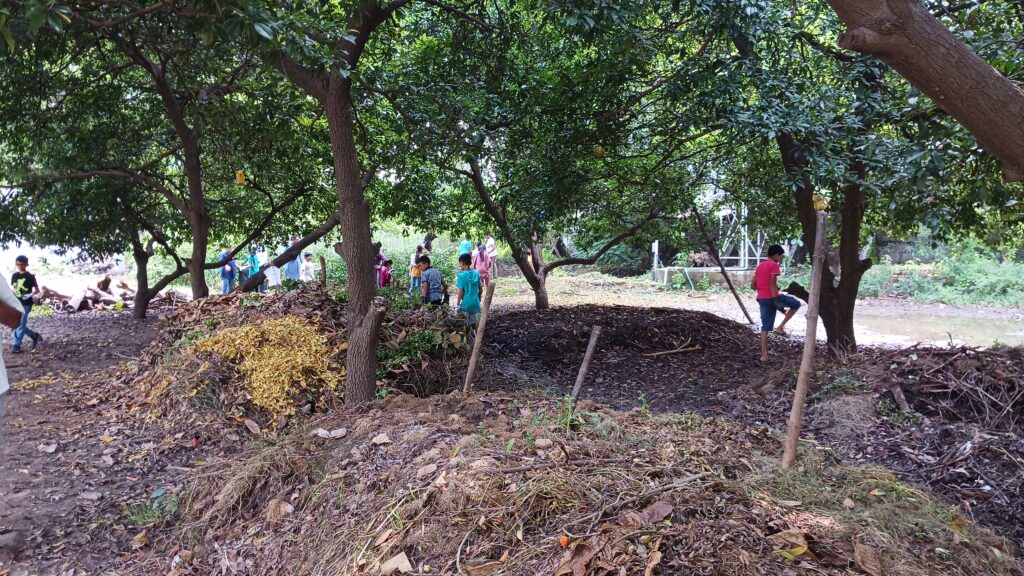
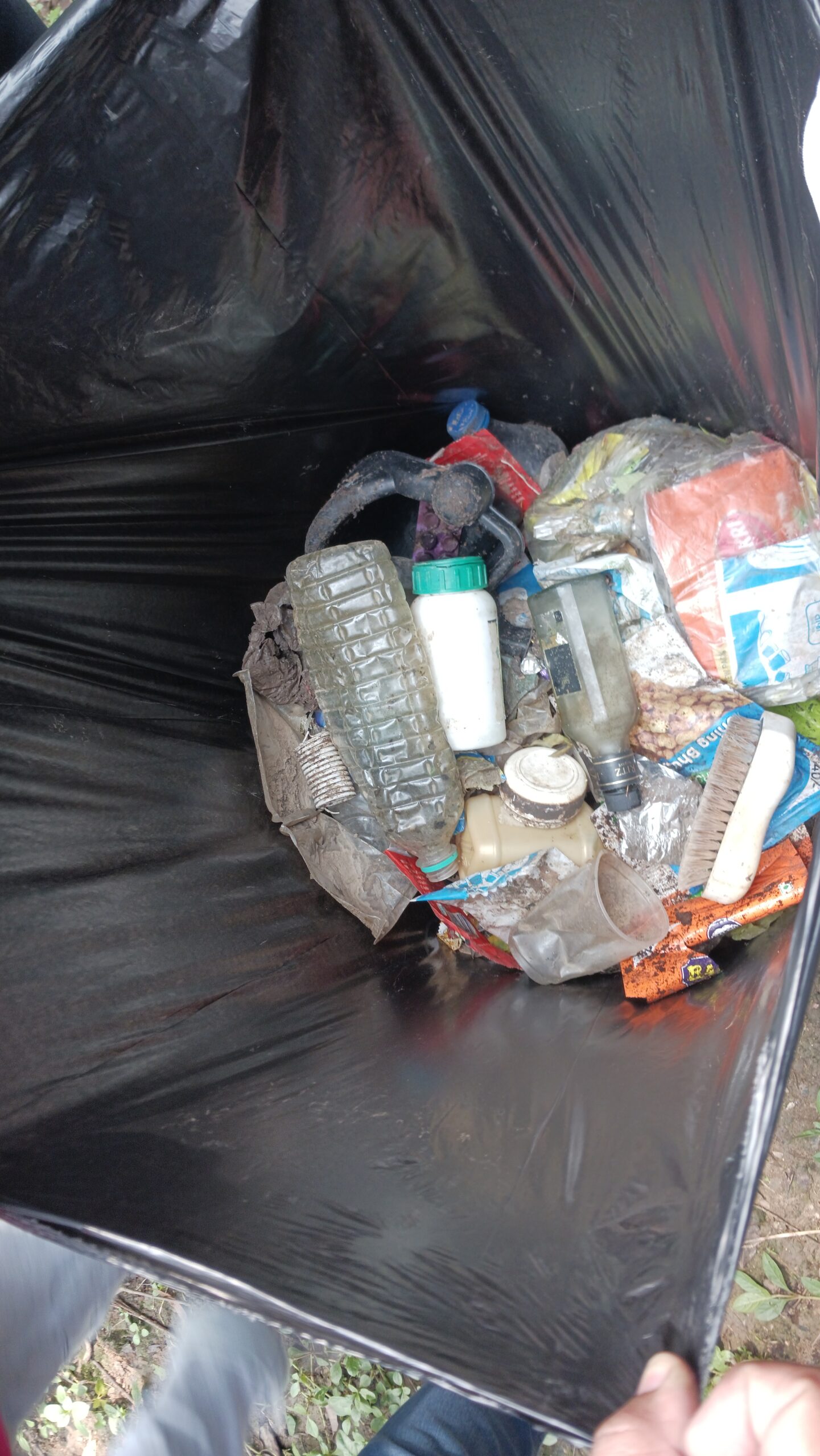
Additionally, our friend and wild-life photographer, Tapas who had just rescued a water snake (checkered keelback), was releasing it back in water. It’s a non-venomous species and the participants were still made to stand at a safe distance while the snake was released.
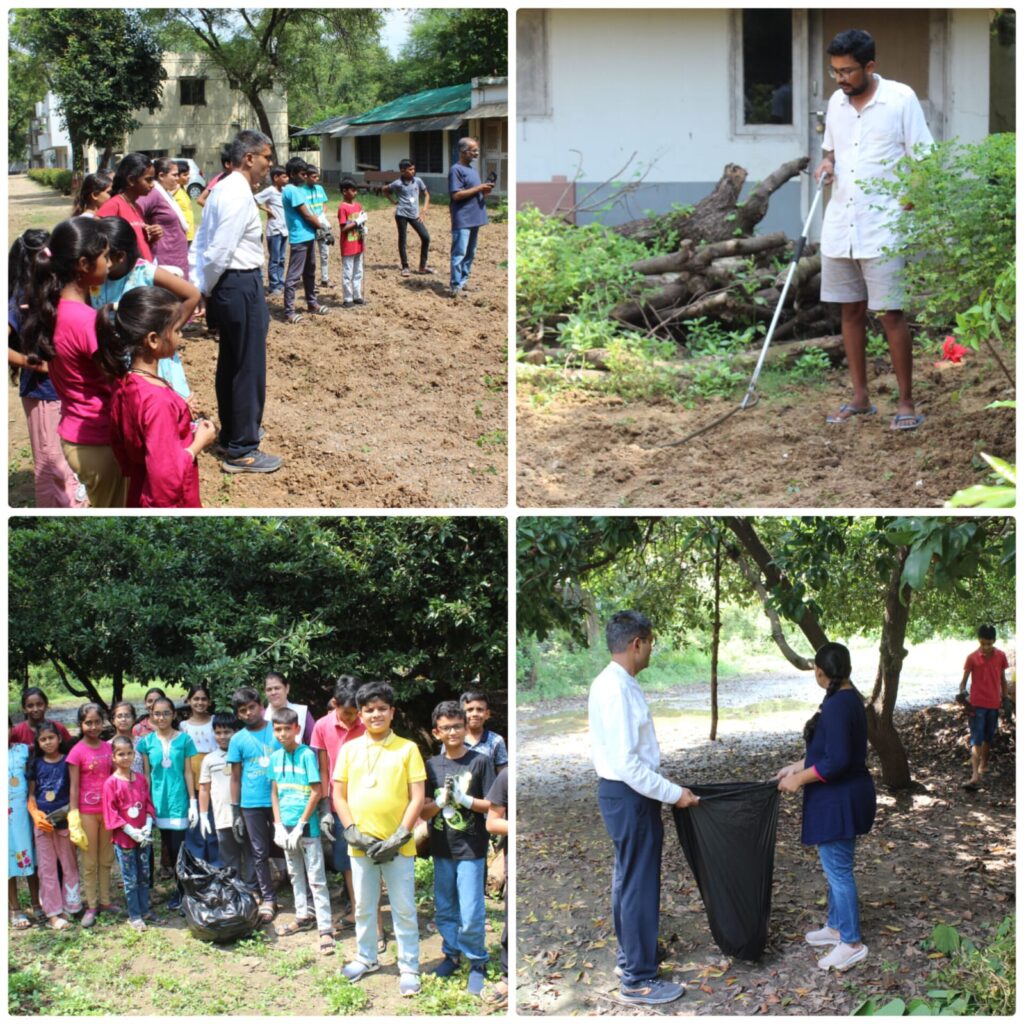
Phew! And thus ended the Session 4.
The next session on Oct 20 covers the topic “Conservation & Preservation” and we are hoping to get a couple of practitioners from the field to share their experiences and insights.
